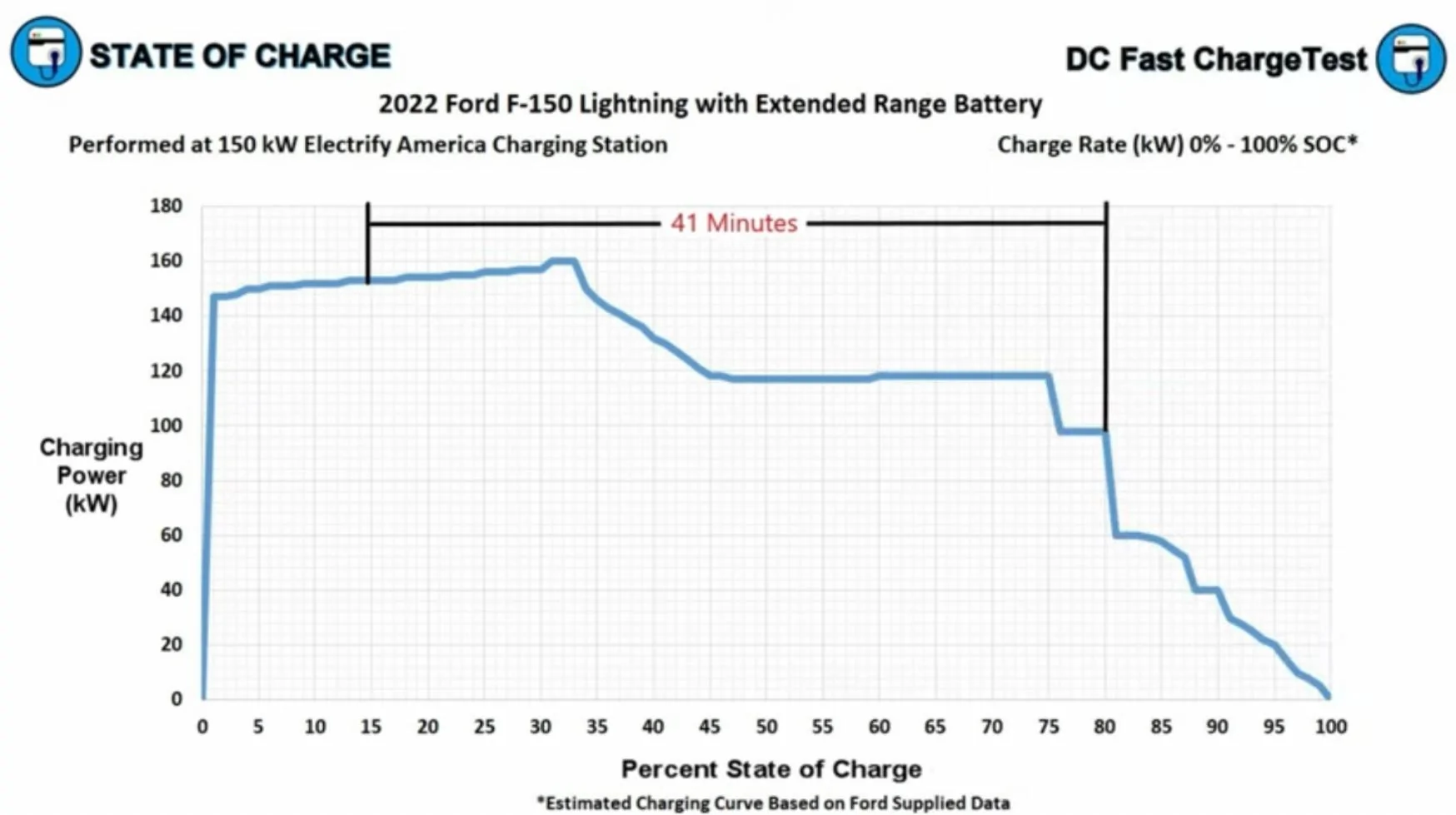ExCivilian
Well-known member
The charge rate will drop over the SOC. It doesn't, or shouldn't anyway, go full bore until 80% and then just drop down to minimal charging. It should taper...so you seeing it slow down at 80% on the UI doesn't refute what I'm pointing out, which is that it will slow as it gets closer to 80% SOC and then slow down even more the closer it gets to 100%.When you DCFC, the step change drop occurs at 80% displayed SOC. I’ve watched it happen.
The ER's UI is showing SOC based on a 131kWh battery.
The actual battery capacity is 143.2kWh.
When the UI is showing 80% the battery is at 104kWh, which is only 73% SOC.
So you will be able to charge faster than a 90% SOC charge rate for about 7% more of the battery albeit slightly slower than 80% SOC charge rate.
Sponsored




